Autofocus is undoubtedly an extremely useful camera feature in both mirrorless and mobile phones. It ensures that our images are sharp even under less than ideal conditions and thus provides very good outputs. Along with the progress of development, Dual Pixel autofocus is gaining popularity in smartphones. This technology promises much faster focusing, for example when taking action shots or in low-light environments. But how does it work?
Dual Pixel autofocus is an extension of phase-detection focusing, aka PDAF, which has been featured in smartphone cameras for years. PDAF basically uses dedicated pixels on the image sensor that look left and right to calculate whether the image is in focus. Today, many users rely on the photo equipment of their phones to the extent that they don't even own a classic camera. The hunger for great pictures drives manufacturers to innovate, so even PDAF autofocus technology has not stagnated and continues to improve. More modern smartphones are starting to use, among other things, multi-directional PDAF, All Pixel focusing or laser autofocus.
You could be interested in
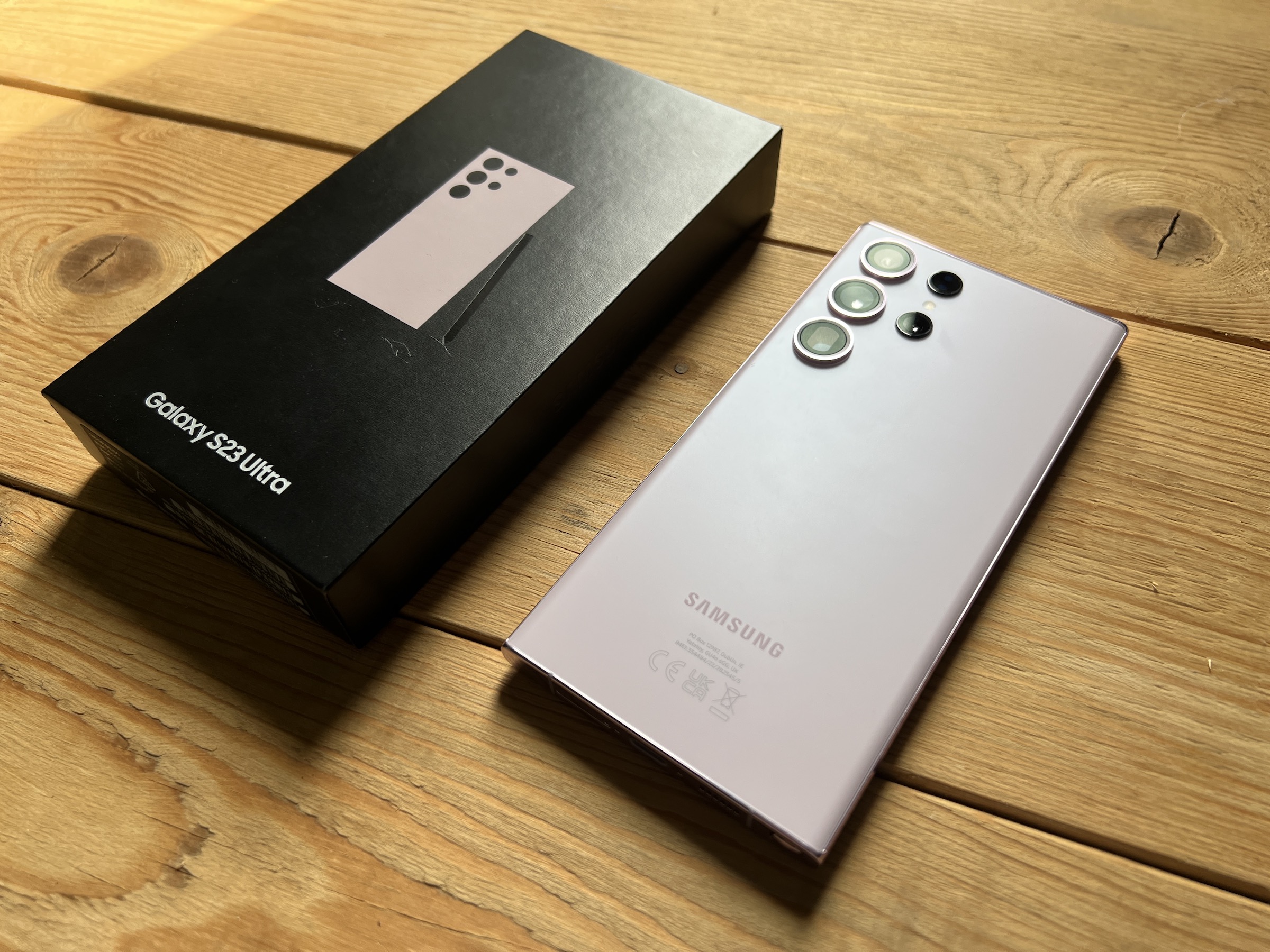
As already indicated, the predecessor of Dual Pixel autofocus is PDAF. The latter is based on slightly different images created by masked left- and right-looking photodiodes built into the image sensor's pixels. By comparing the phase difference between these pixels, the required focus distance is then calculated. Phase detection pixels typically account for approximately 5-10% of all sensor pixels, and using more dedicated phase detection pixel pairs can increase the reliability and accuracy of PDAF.
Connection of all sensor pixels
With Dual Pixel autofocus, all of the sensor's pixels are involved in the focusing process, where each pixel is divided into two photodiodes, one looking to the left and the other to the right. These then assist in the calculation of phase differences and the resulting focus, resulting in increased accuracy and speed compared to standard PDAF. When taking a picture using Dual Pixel autofocus, the processor first analyzes the focus data from each photodiode before combining and recording the signals in the resulting picture.
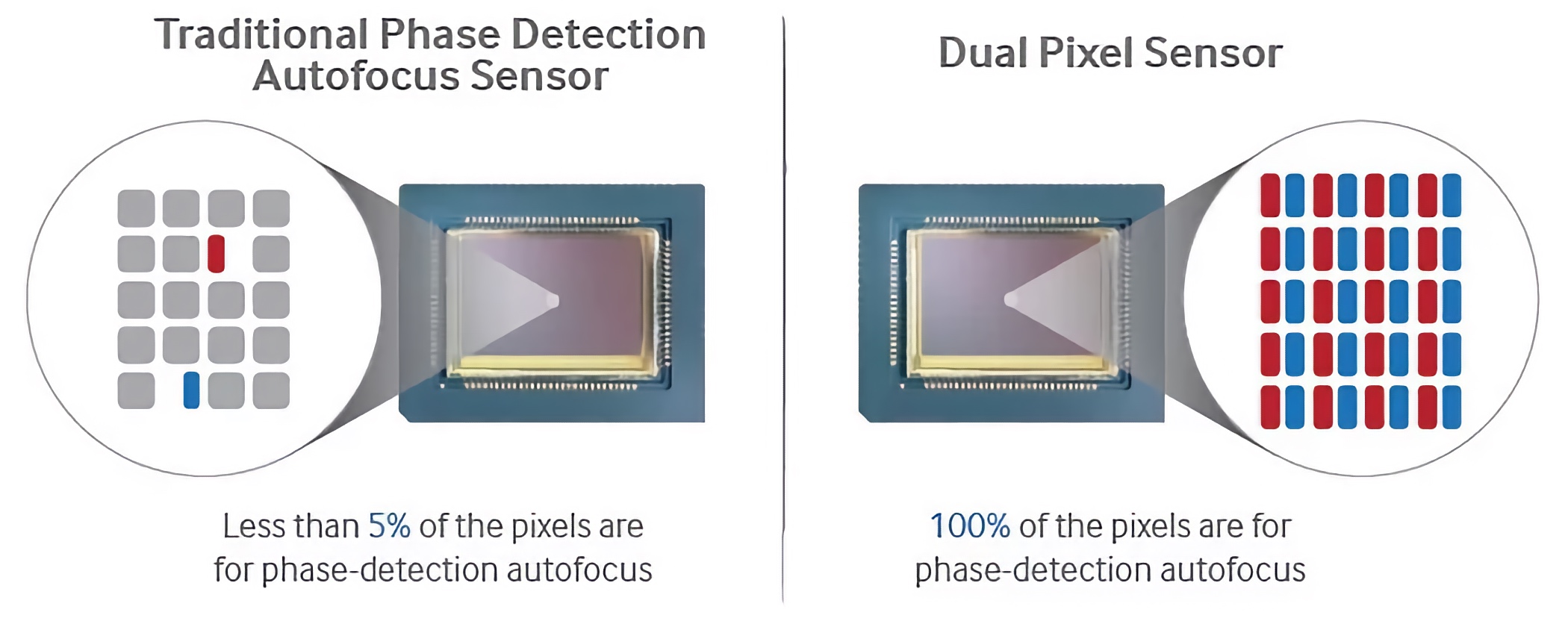
Samsung's image sensor diagram above shows the differences between traditional PDAF and Dual Pixel autofocus technology. The only real downside is that implementing these small phase-detection photodiodes and microlenses, which are also involved in the focusing process, is neither easy nor cheap, which becomes important for very high-resolution sensors.
An example can be the 108Mpx sensor inside the model Galaxy The S22 Ultra, which does not use Dual Pixel technology, while the lower-resolution 50Mpx cameras in the models Galaxy S22 to Galaxy The S22 Plus does. The Ultra's autofocus is slightly worse as a result, but the phone's secondary cameras already have Dual Pixel autofocus.
Although the two technologies share a common foundation, Dual Pixel outperforms PDAF in terms of speed and greater ability to maintain focus on fast-moving subjects. You'll appreciate this especially when capturing perfect action shots, regardless of the feeling of security that you only need to quickly pull out the camera and know that your image will always be sharp. For example, the Huawei P40 boasts millisecond focusing times thanks to this technology.
You could be interested in
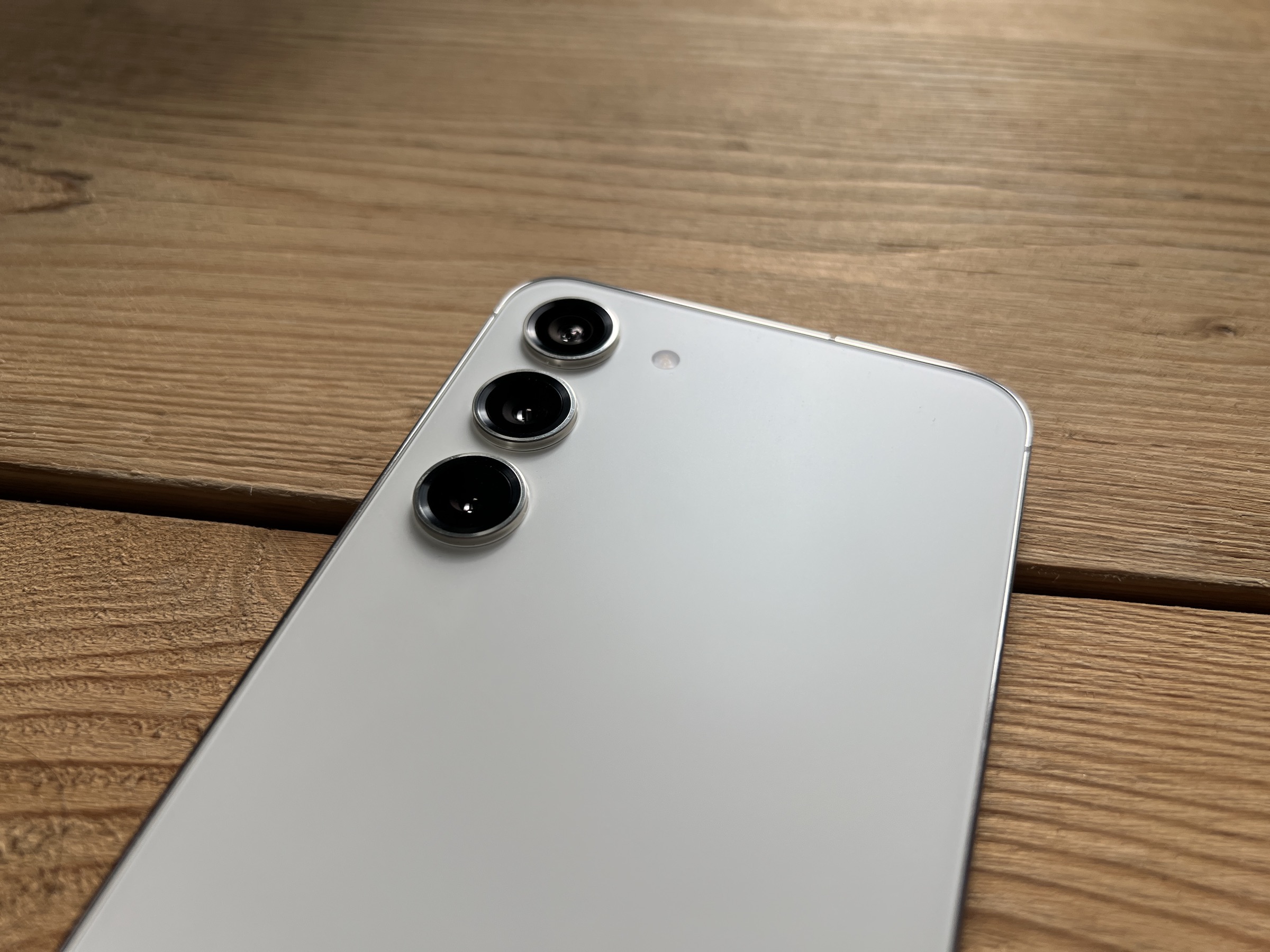
It's also worth noting that Samsung takes the Dual Pixel a little further with the Dual Pixel Pro, where the individual photodiodes are divided diagonally, which brings even greater speed and accuracy, thanks, among other things, to the fact that not only right and left orientation enters the focus process here , but also the top and bottom positioning aspect.
One of the most significant shortcomings of PDAF is low-light performance. Phase detection photodiodes are half a pixel, which makes noise difficult to get an accurate informace o phase in low light. In contrast, Dual Pixel technology largely solves this problem by capturing much more data from the entire sensor. This smooths out noise and enables fast autofocus even in a relatively dark environment. There are limits here too, but this is probably the biggest improvement to the autofocus system at the moment.
If you're serious about mobile photography, a camera with Dual Pixel autofocus technology will help you ensure that your pictures are always sharp, and it's definitely worth considering its presence or absence when choosing your phone's camera equipment.
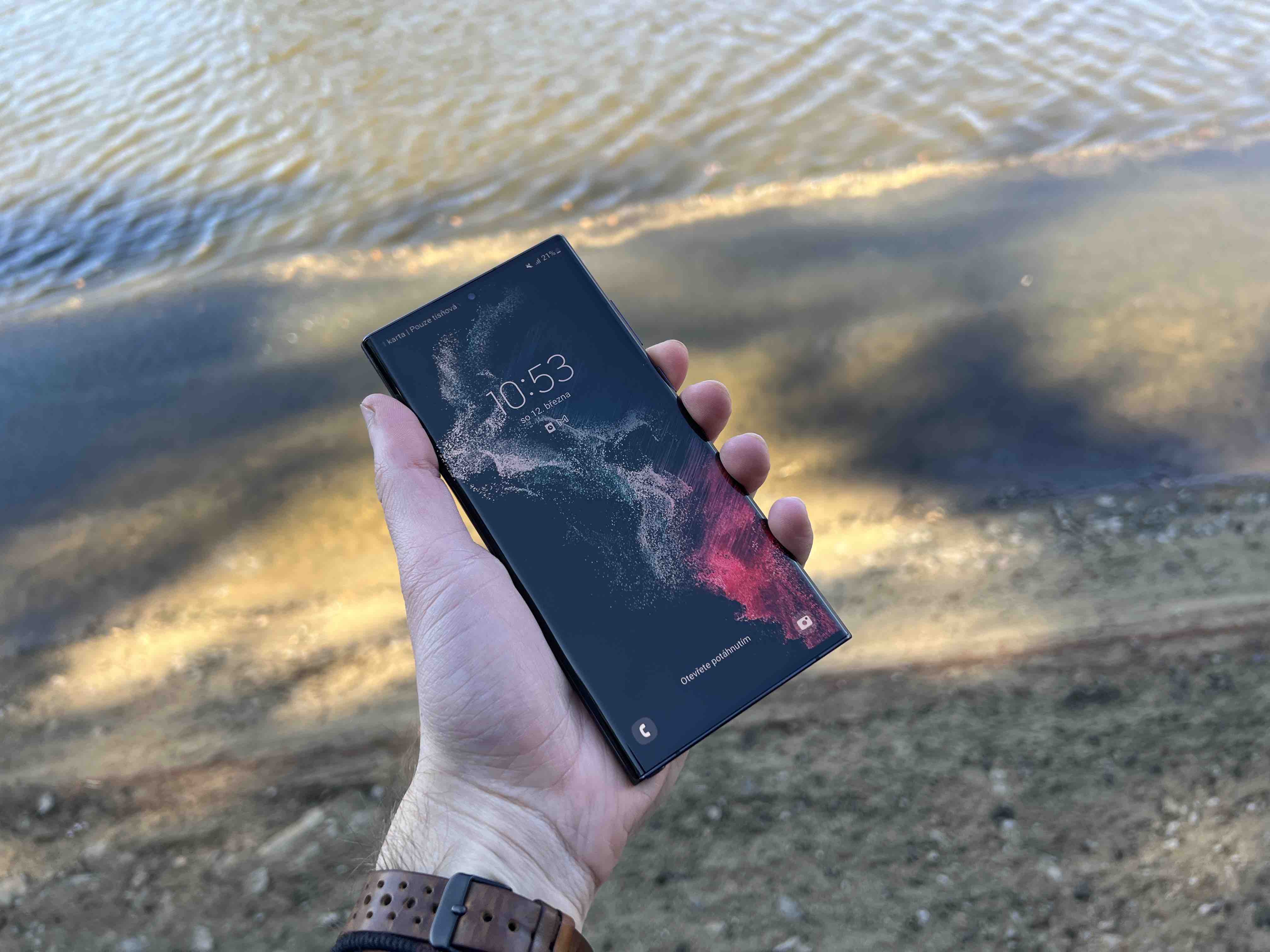
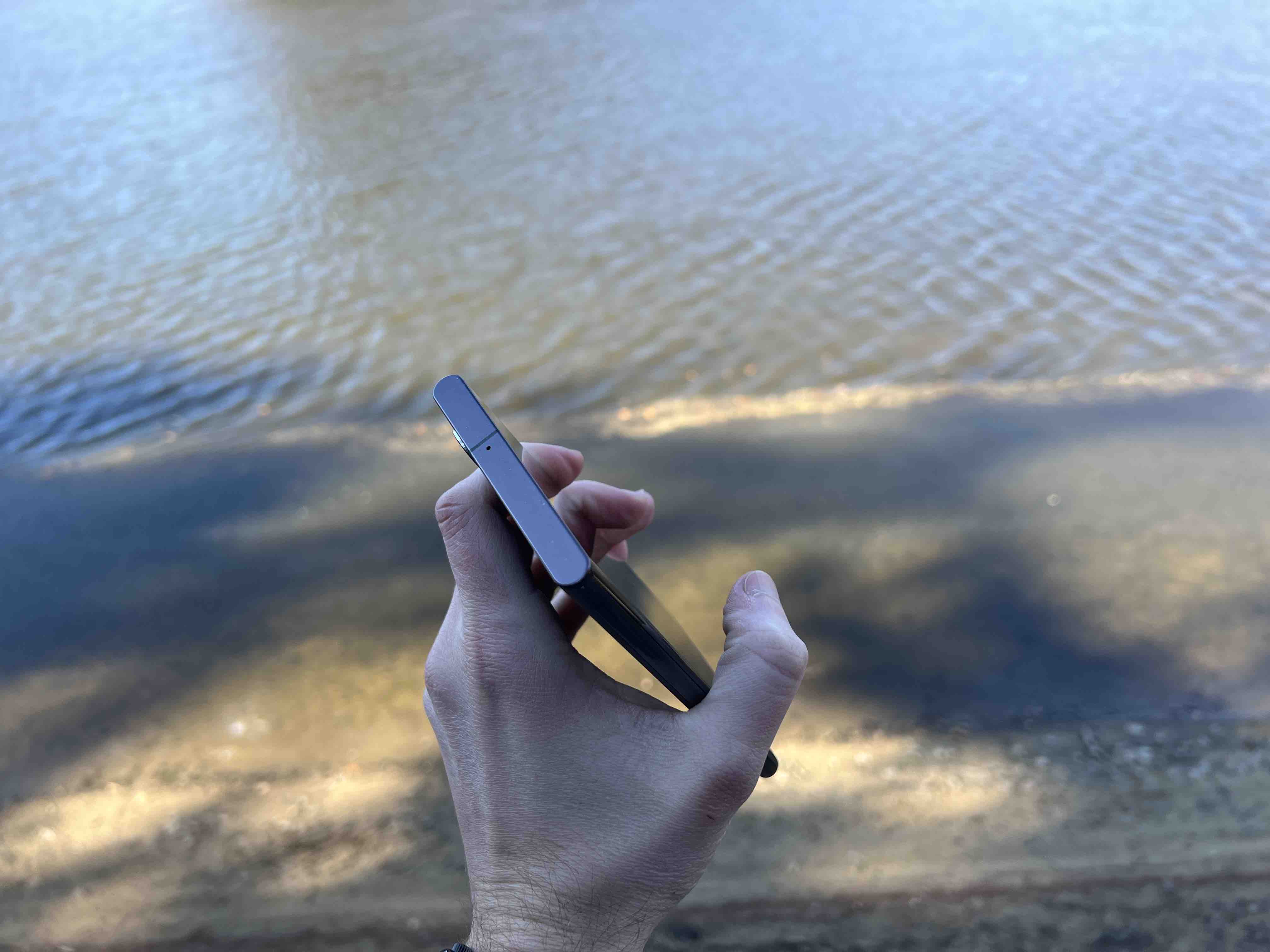
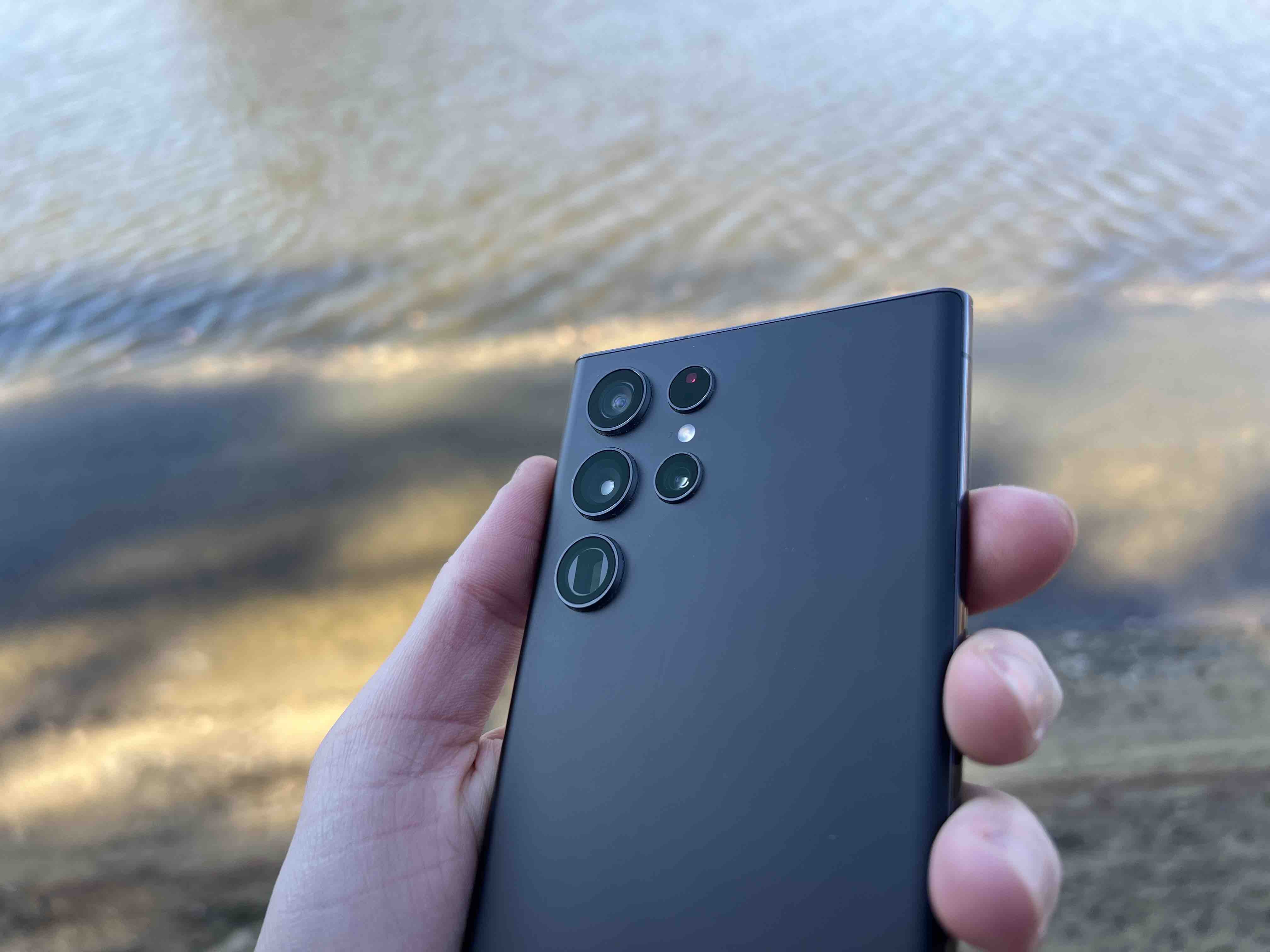
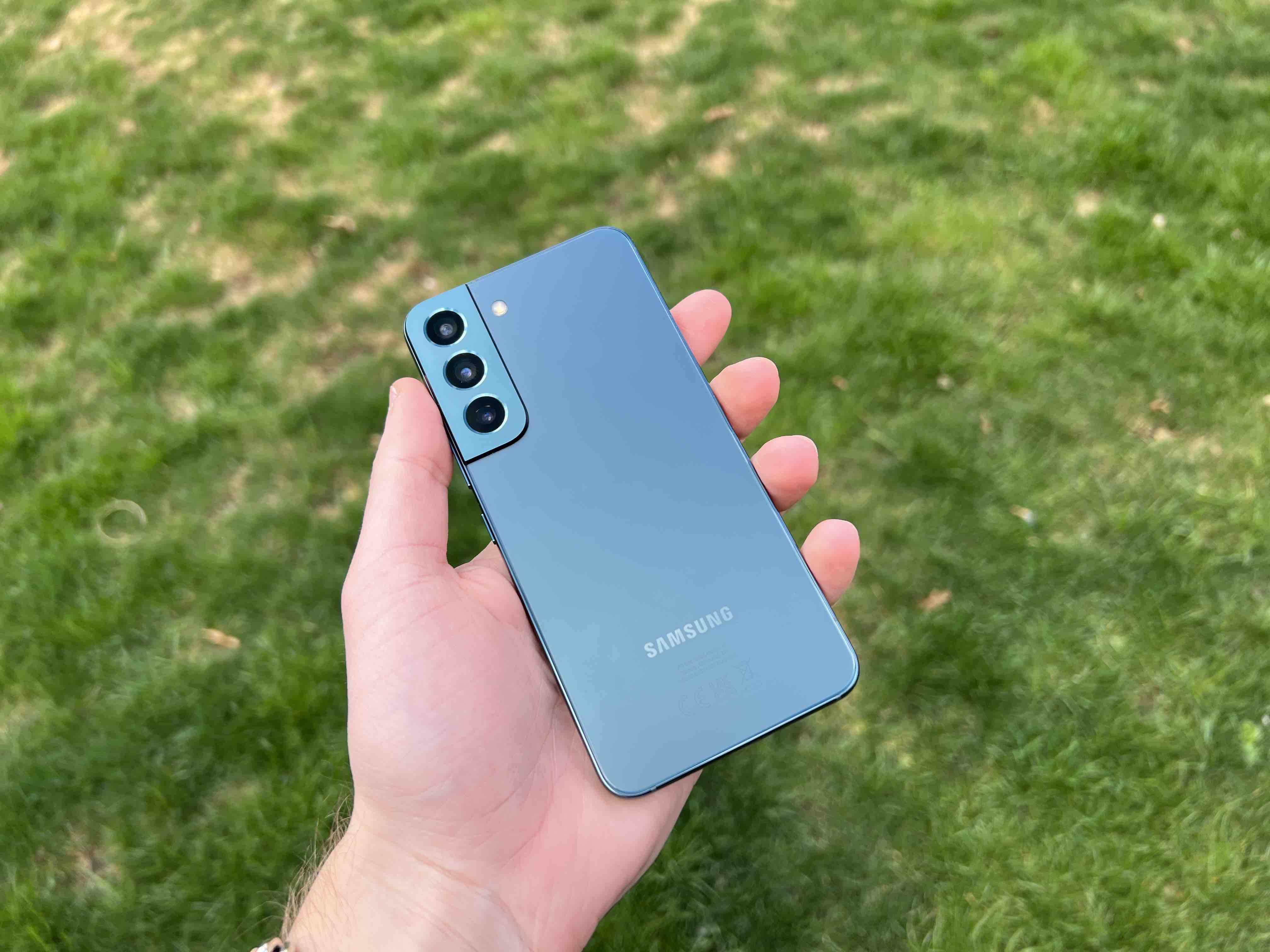
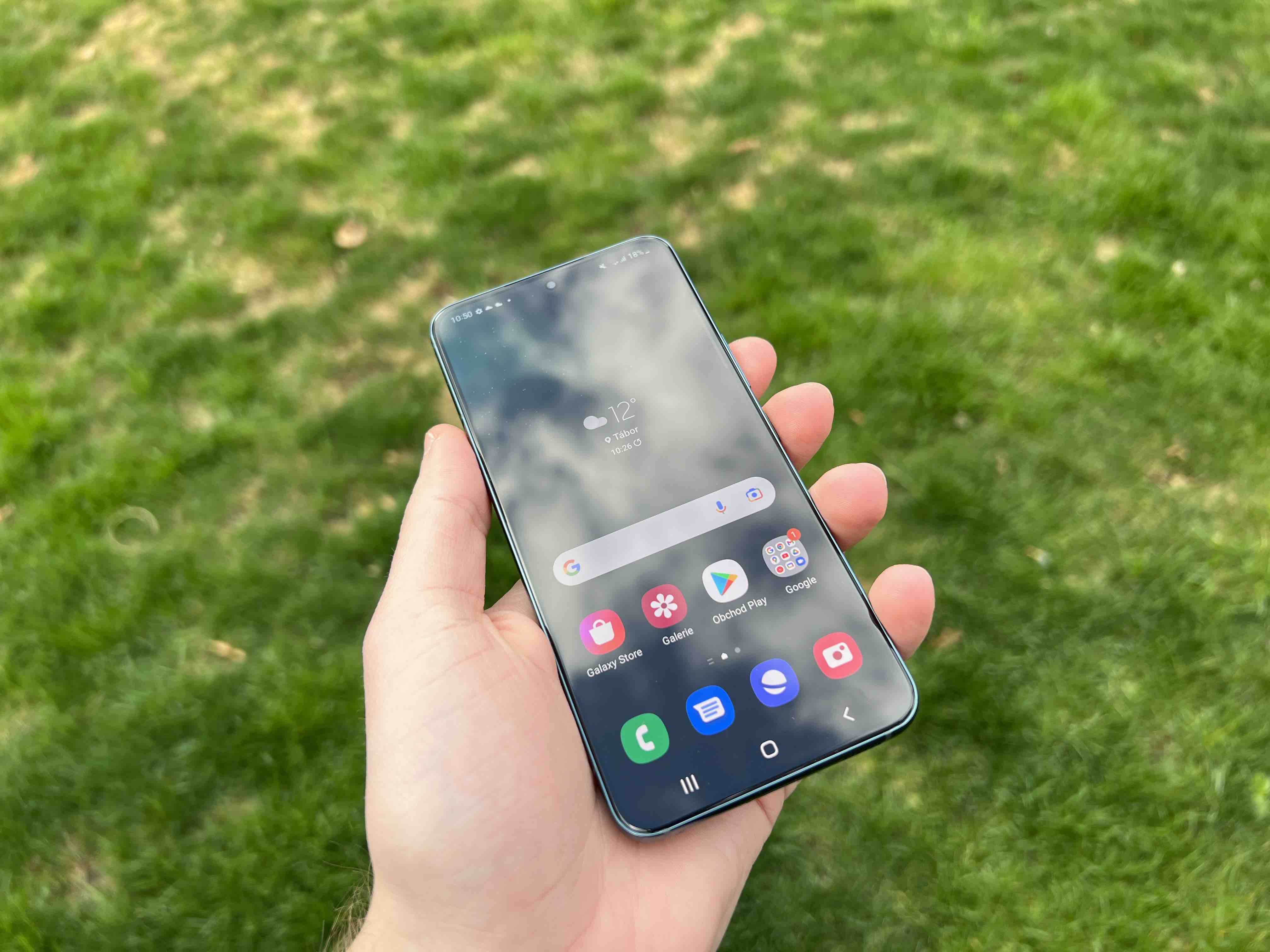
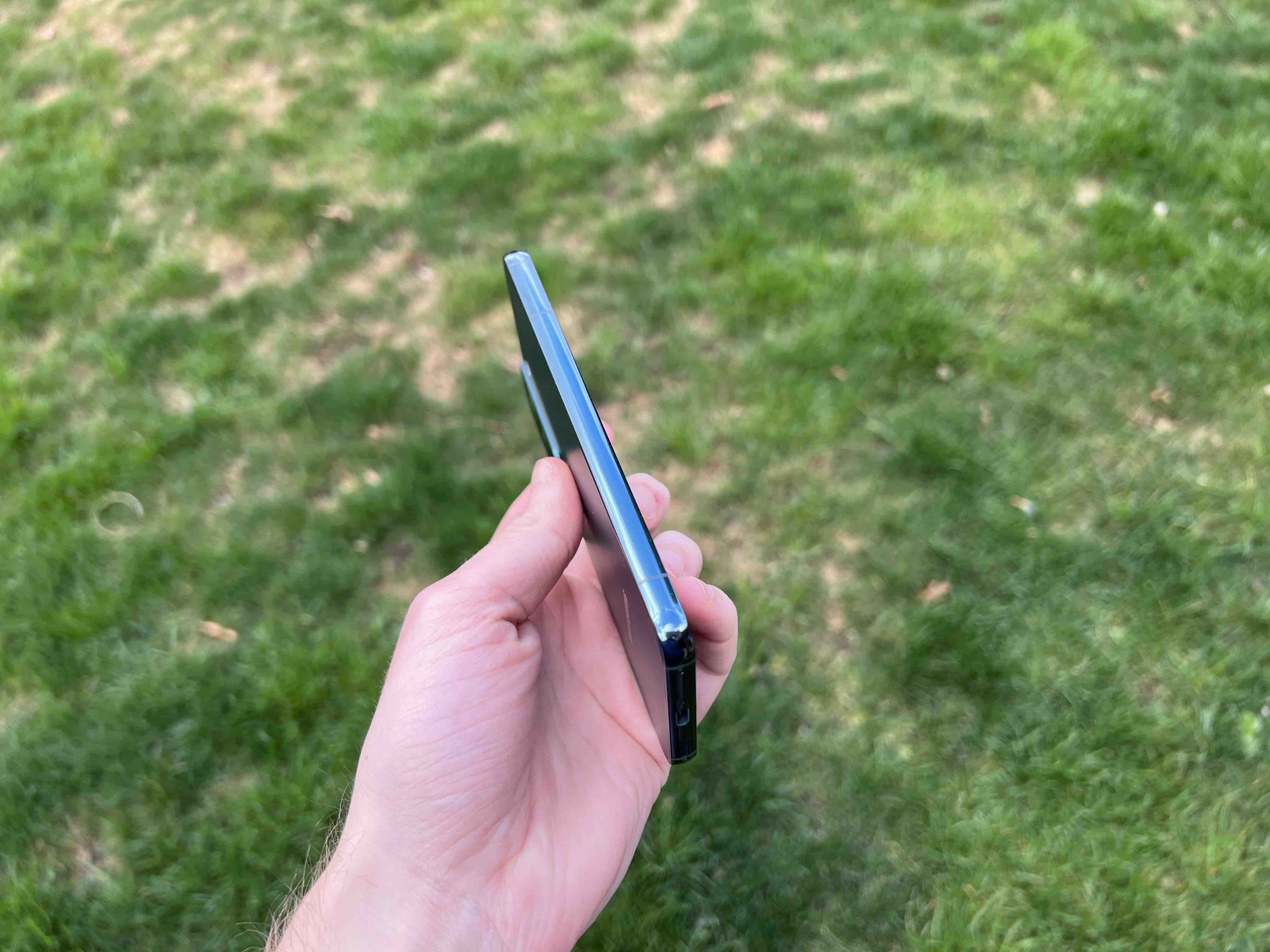
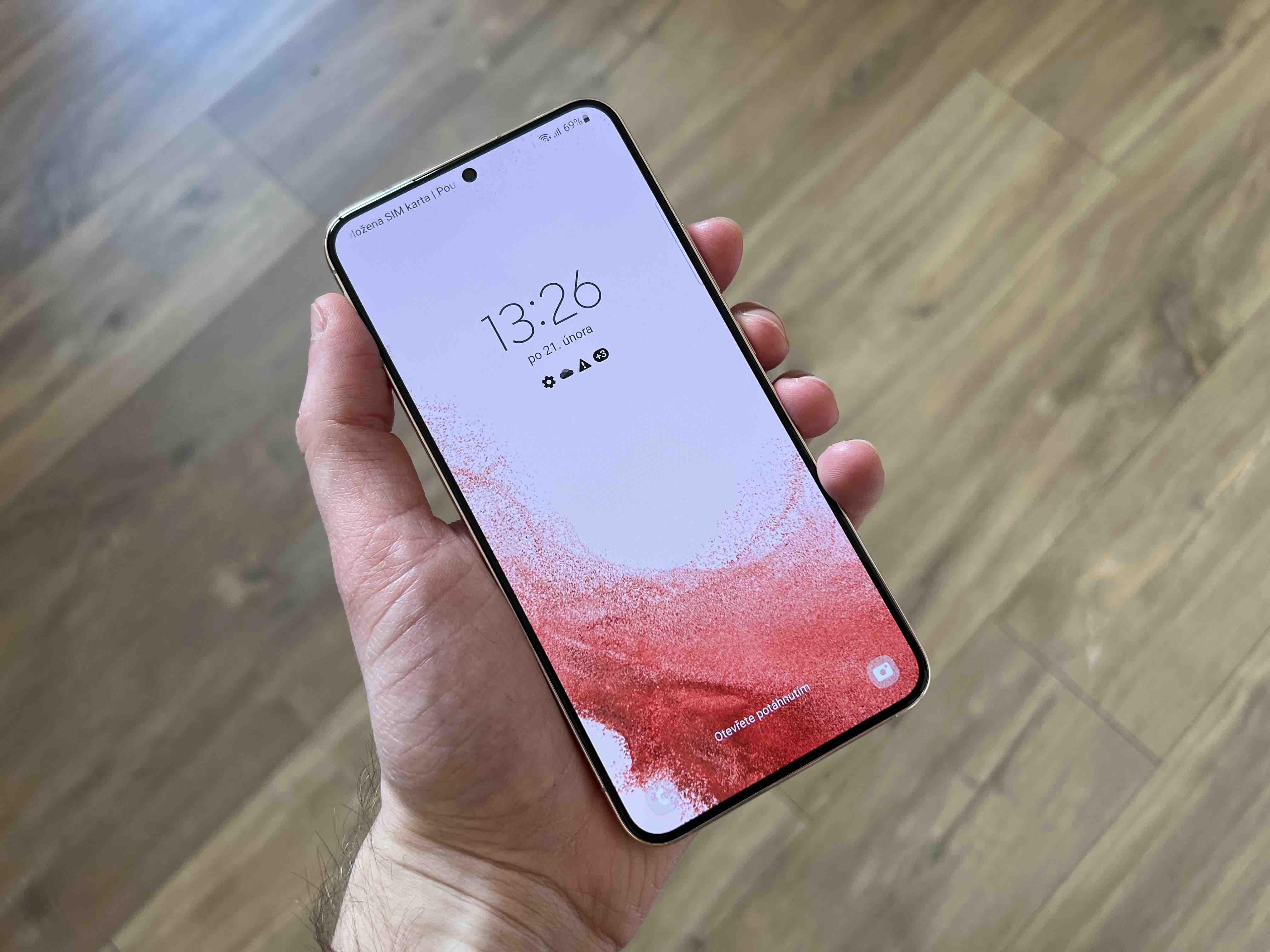
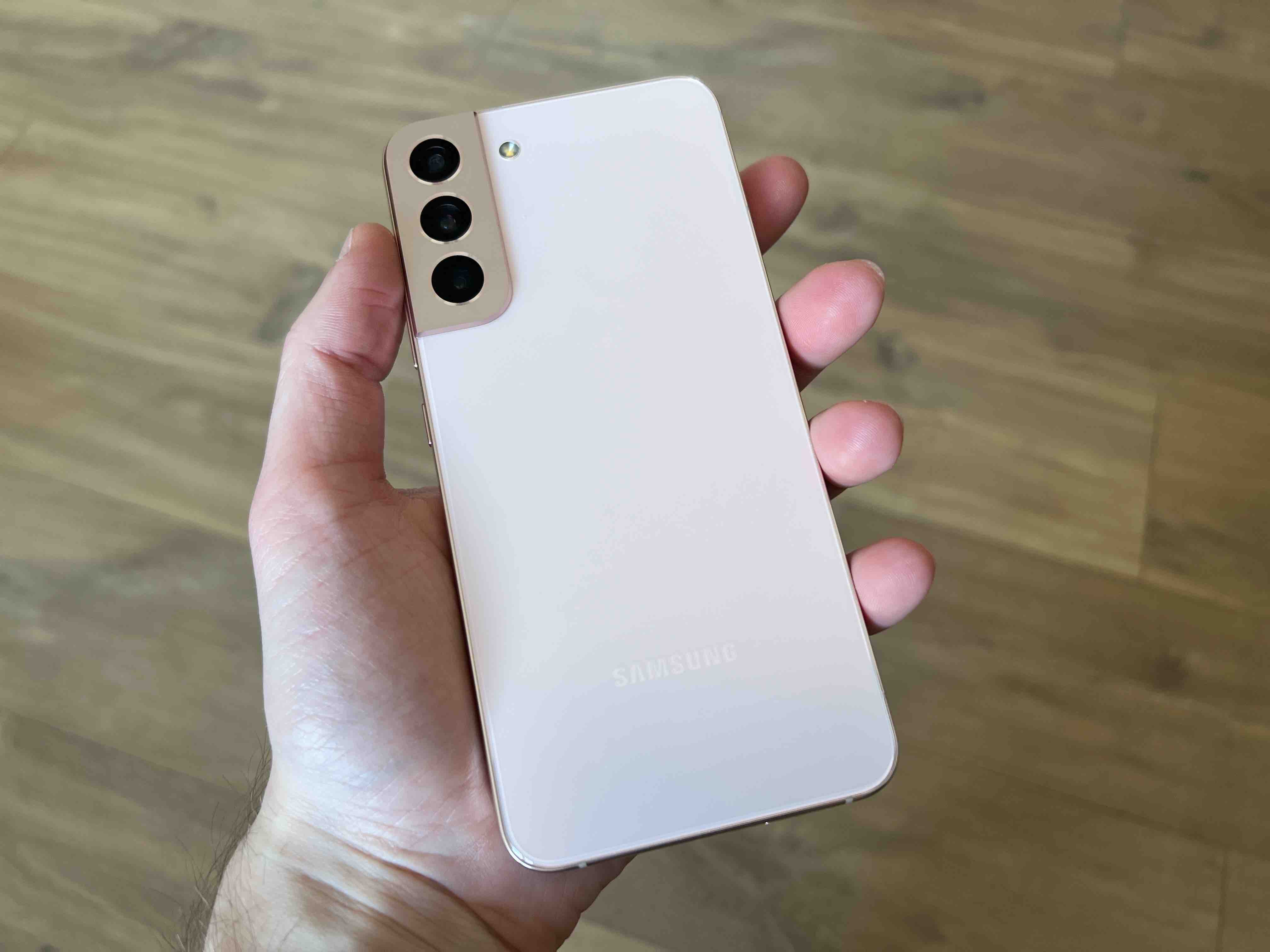
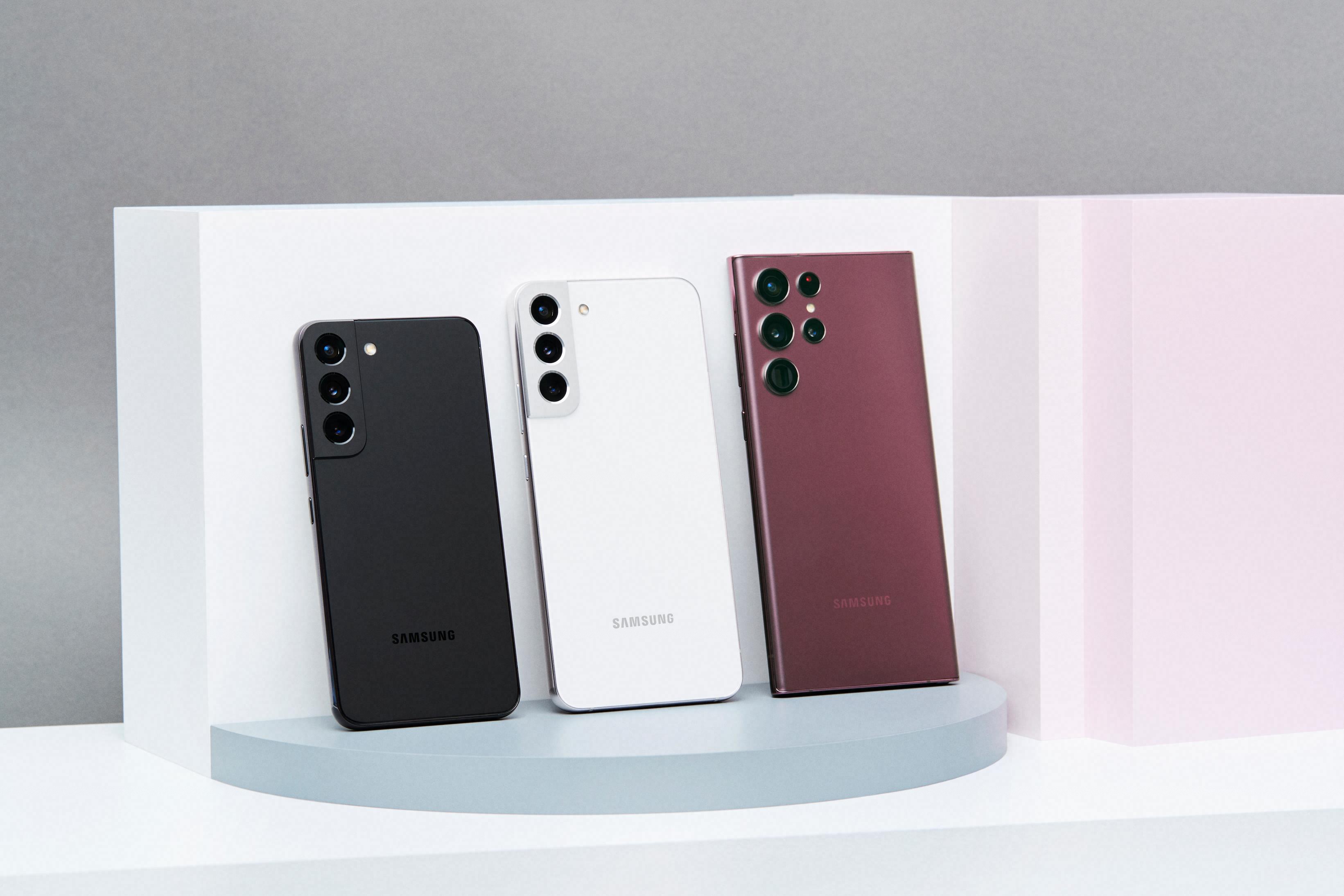

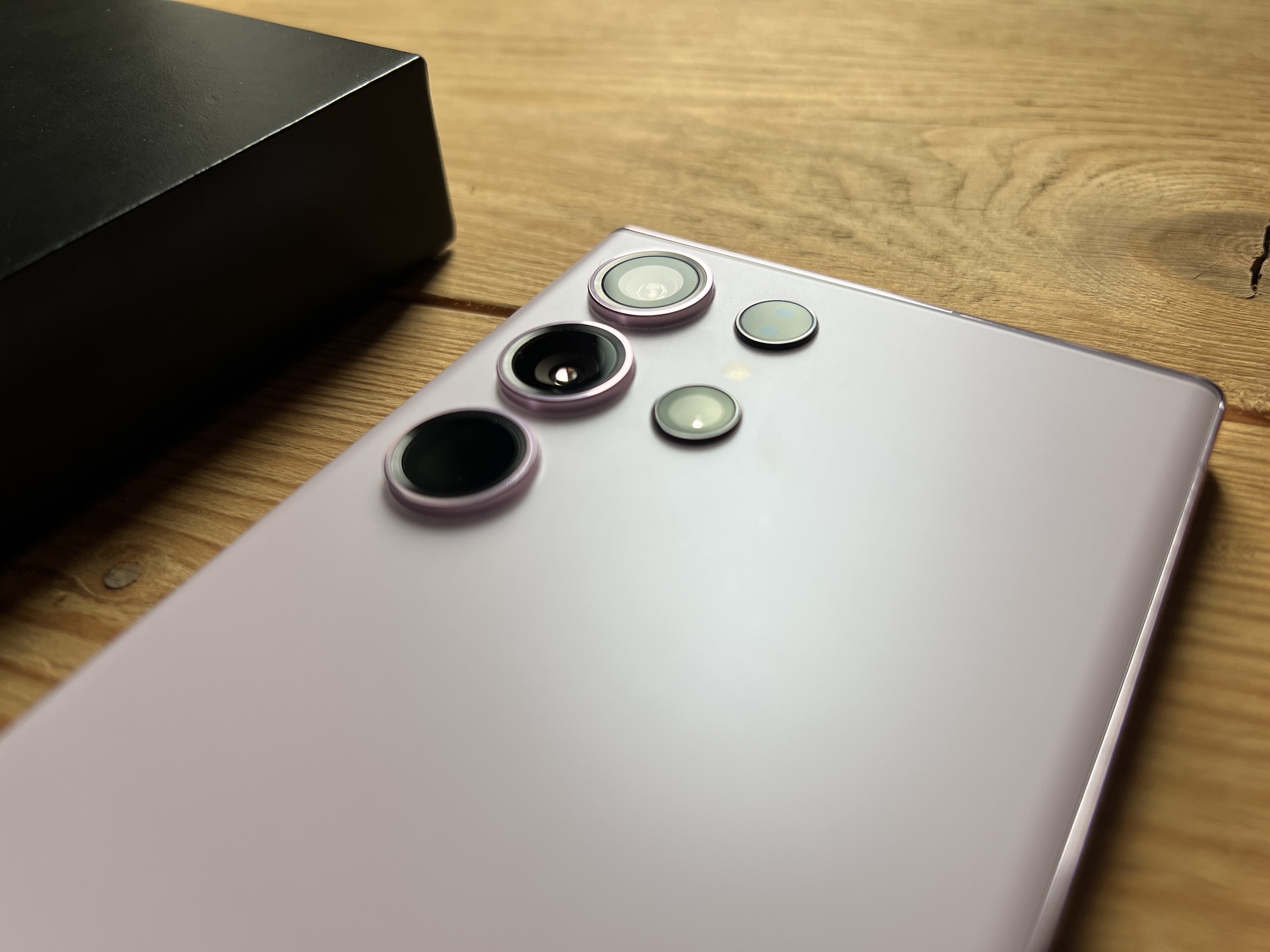
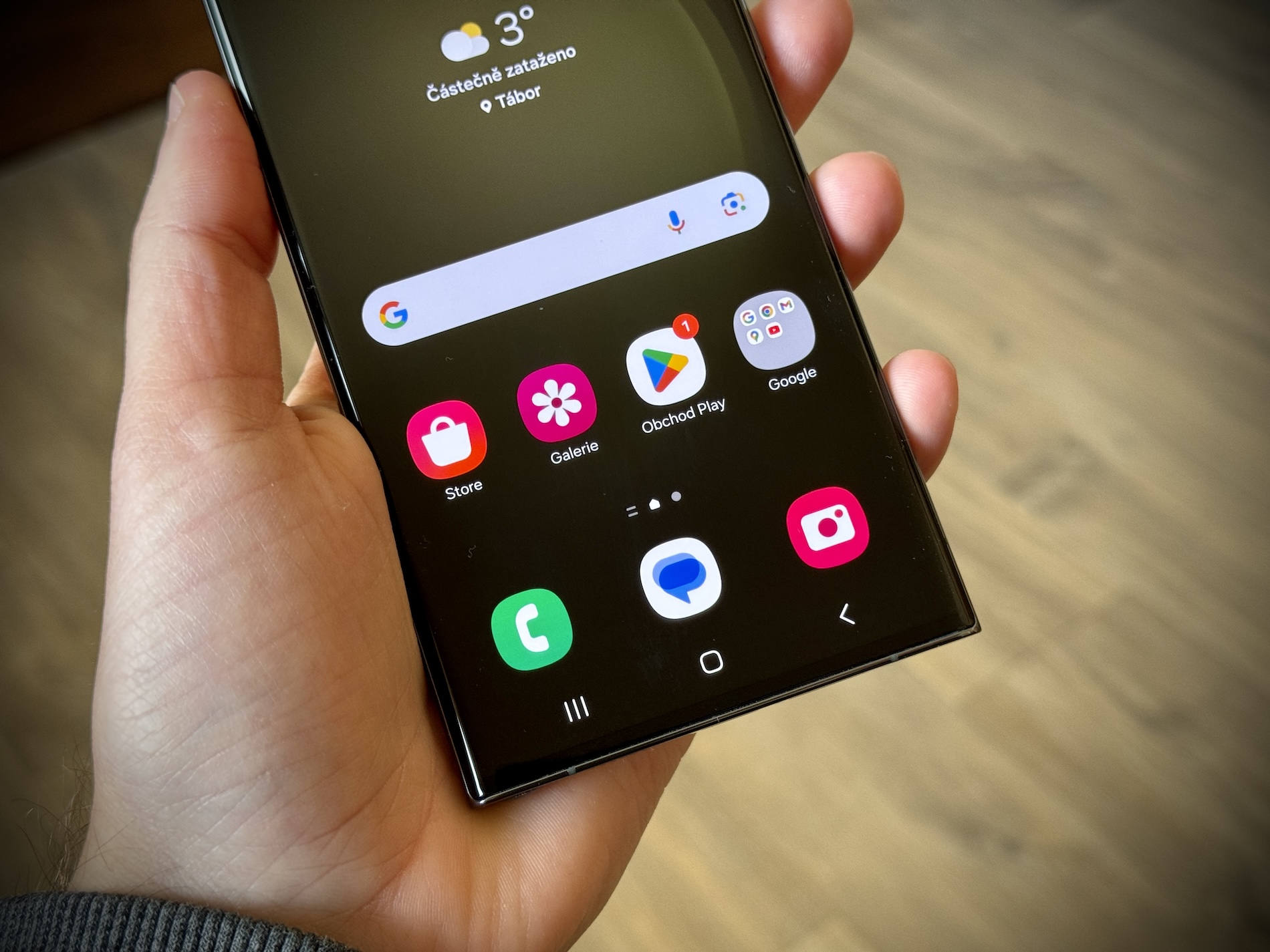
Worse huh? See what the photos from the Plus are and what the photos from the Ultra are. I'm glad I got rid of the plus. Photos blurred disgust. Ultra everything perfect. You have an article about him again….
Or do you just not have the perfect eye to see the difference? It will be a point of view;-)